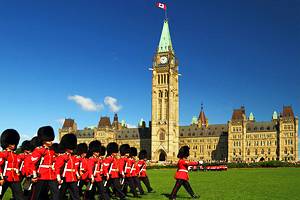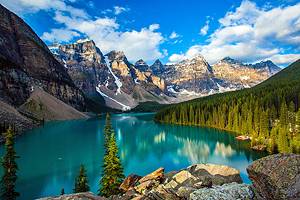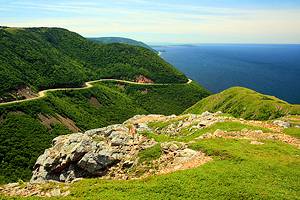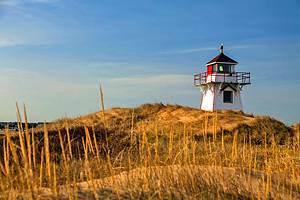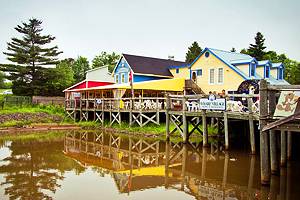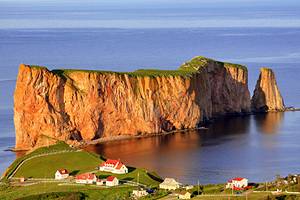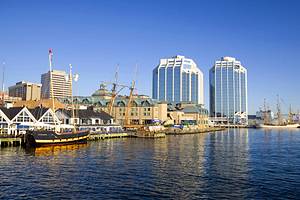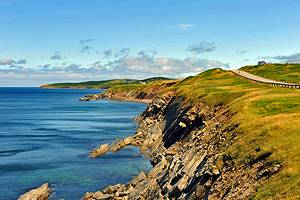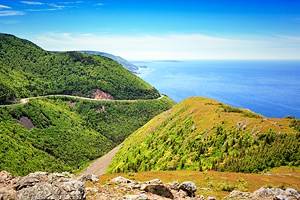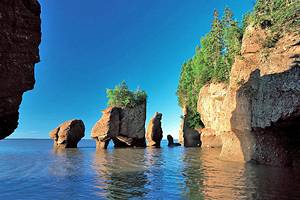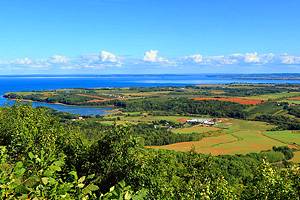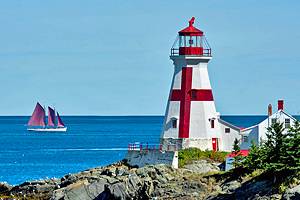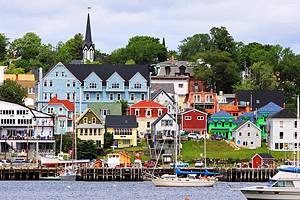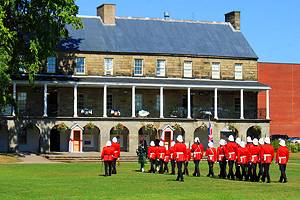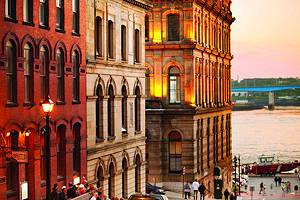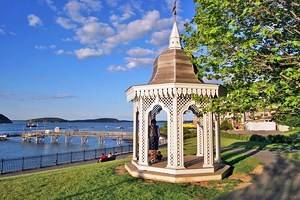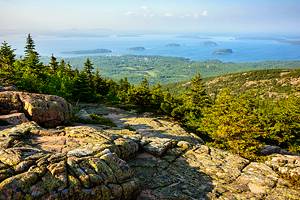Exploring Îles de la Madeleine: A Visitor's Guide

About 90 kilometers of thread-like sand dunes connect six of the twelve islands in the Îles de la Madeleine archipelago. The islands lie in the Gulf of St. Lawrence, nearer to Prince Edward Island than they are to the Gaspé Peninsula, Quebec.
Inhabitants of Îles de la Madeleine, or the "Madelinots," are mainly descendants of Acadians who settled here after 1755. The population — French, Scottish, English, and Irish — live here throughout the year fishing and farming.
With their low-key and outdoor attractions, the islands are ideal for tourists who enjoy water sports and bird-watching, and for anyone who enjoys long walks in the dunes. The best time for a visit is in August. Spring is less recommended because of the thick fogs.
The name of the archipelago goes back to Samuel de Champlain, who in 1629 entered "La Magdeleine" on his chart. Known as the Magdalen Islands in English, they are largely composed of red and gray sandstone. The cliffs and rocks have been carved into fascinating shapes by erosion and have disintegrated in parts to form broad, long sandy beaches.

Where are the Îles de la Madeleine?
In the Gulf of St. Lawrence, between the Gaspé Peninsula and Prince Edward Island, the Îles de la Madeleine are the ultimate in off-the-beaten-path getaways. The islands are reached by a CTMA ferry from the town of Souris on Prince Edward Island, or by air.
Pascan flies to the Îles de la Madeleine from St-Hubert, Quebec City, Mont-Joli, and Bonaventure, while Air Canada serves the islands from Gaspé, Quebec City, and Montreal.
Île du Havre aux Maisons

Île du Havre aux Maisons, with its gentle hills, red cliffs, winding paths, and scattered houses is one of Îles de la Madeleine's most beautiful islands. Traditional homes stand between a heritage school, century-old convent, and Sainte-Madeleine Church. Also on Havre-aux-Maisons, Cap Alright has a small lighthouse and is noted for its impressive offshore rock formations.
For even better views of the carved red cliffs and rock formations, join a kayak tour to explore the cape from water level. Several outfitters offer sea kayaking packages with guides, interpreters, and all the equipment provided. The unparalleled views of the eroded coast make kayaking one of the most popular things to do in the islands.
Île du Cap Aux Meules

Half the people of the archipelago live on Île du Cap aux Meules, the source of all the islands' supplies. From Cap-aux-Meules, a ferry crosses to Île d'Entrée, the only inhabited island not connected to the others. There is a wonderful view from the Butte du Vent over the surrounding islands, and on a clear day, it is possible to see as far as Cape Breton Island, nearly 100 kilometers away. Near Etang-du-Nord, the sea has created some particularly bizarre rock shapes.
Île du Havre-Aubert

Île du Havre-Aubert is the southernmost island in the archipelago and its little town has the Musée de la Mer. Though the islands are fairly bare, this island has the most forest and is popular for hiking and bird-watching.


